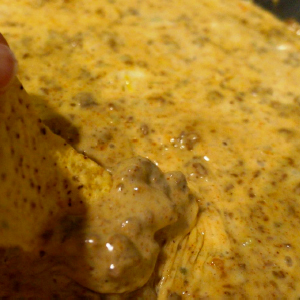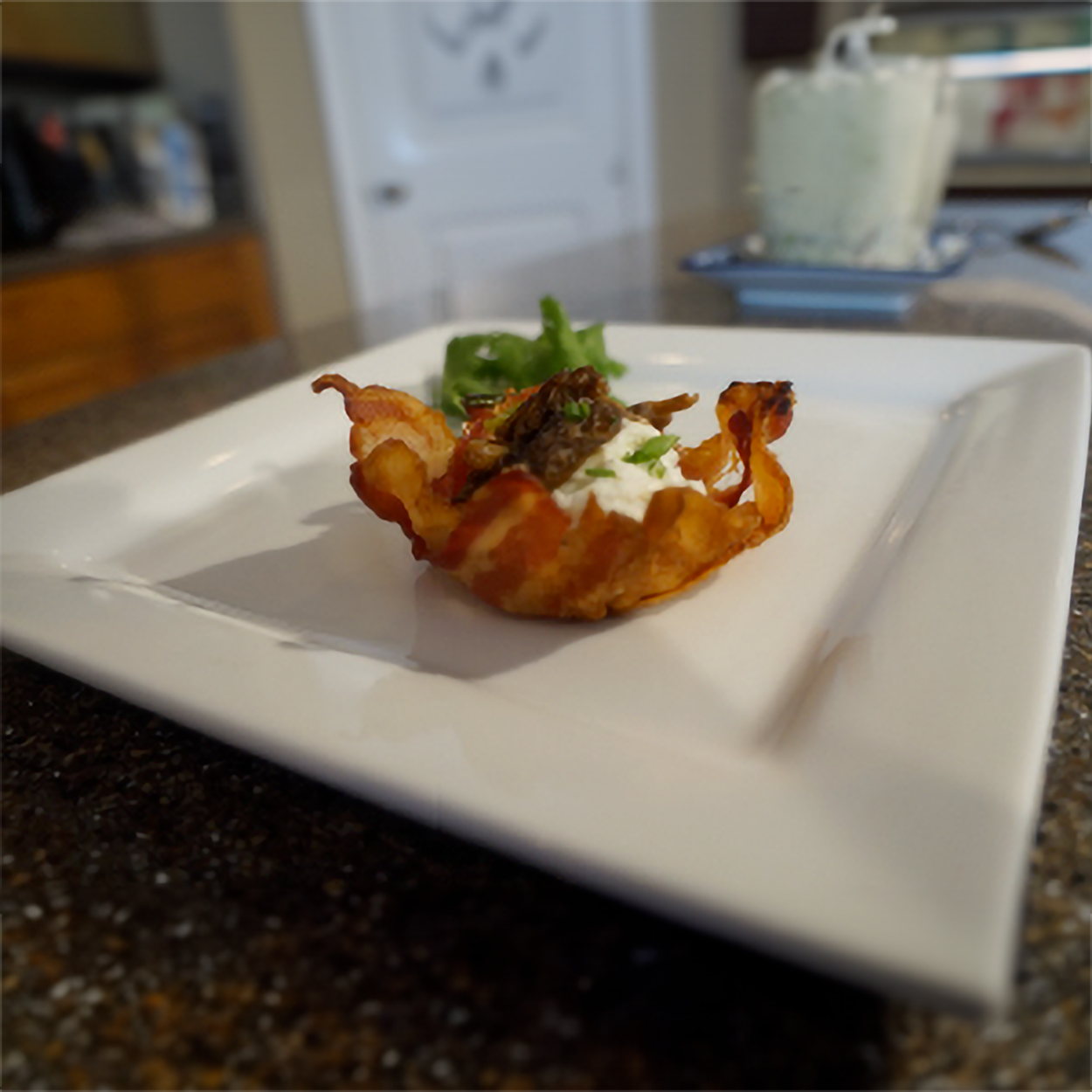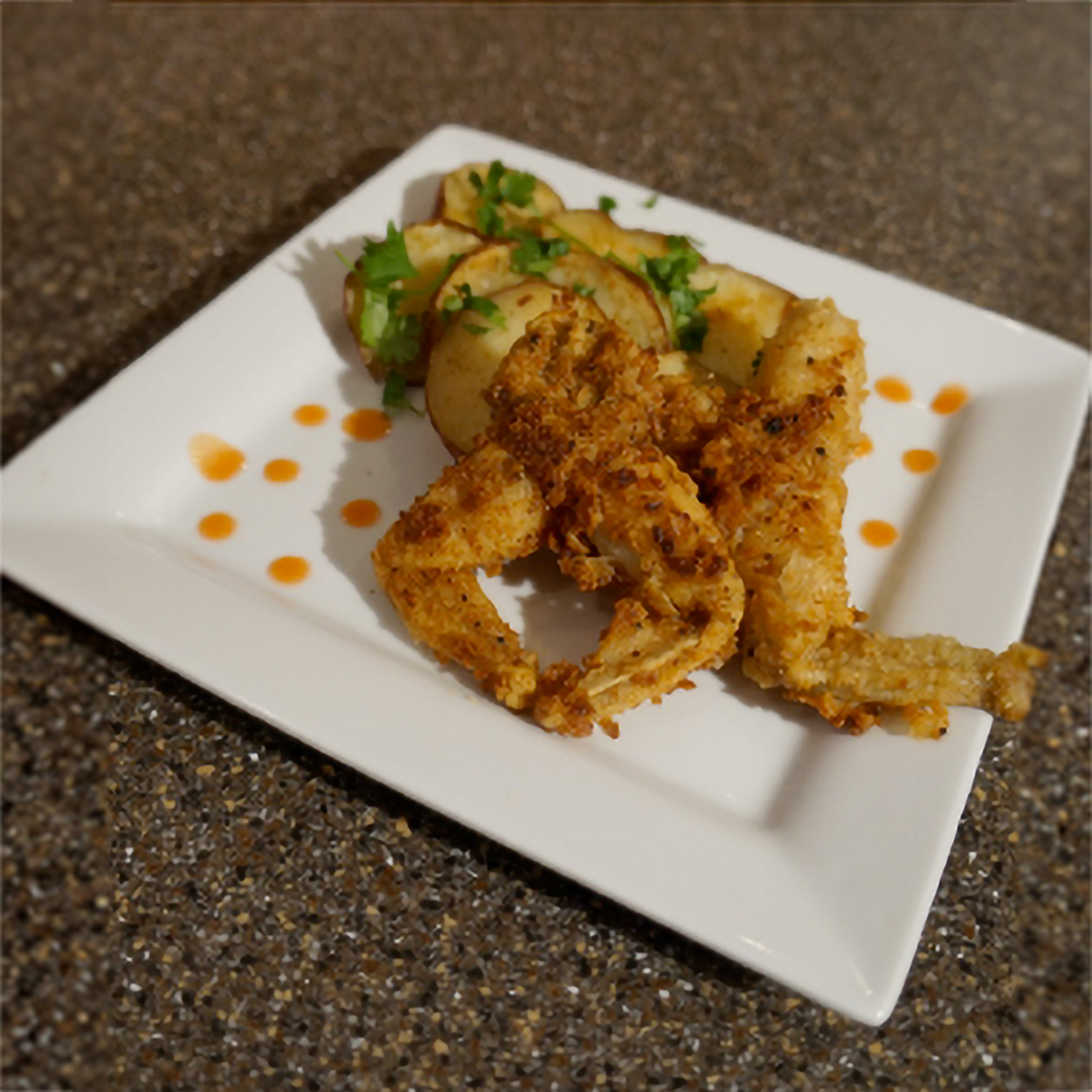
An Edible Fishbowl
6 (3 ounce) packages of blue jello
1 cup blueberries or grapes
gummy fish
Use a fishbowl. Prepare the blue jello in a large mixing bowl according to package directions, and refrigerate until partially set. Make a rocky ocean floor by pouring the blueberries or grapes into the fishbowl. Spoon the blue "water" over the fruit, arranging the gummy fish into the jello. Chill thoroughly.

PINEAPPLE CHEESE SPREAD PIZAZZ!
4 ounces mozzarella cheese
1/4 cup crushed pineapple
1/2 tablespoon orange or pineapple juice
Allow your child to combine all of the ingredients into a bowl. Stir for 1 minute. Pour into blender. The adult should blend until smooth. Pour back into bowl. Serve on crackers.
SalemLeader.com
Leader Publishing Company of Salem, Inc.
P.O. Box 506
117-119 East Walnut Street
Salem, Indiana. 47167
Phone: 812-883-3281 | Fax: 812-883-4446
Business Hours:
Mondays through Fridays, 9:00am - 5:00pm
News:
news@salemleader.com
Office:
office@salemleader.com
Publisher:
publisher@salemleader.com
Business
- More Business News
- Go To Guide
- Business Directory
- Auctions
Education
- More Education News
Opinion
- Editorials
- Letters to the Editor
- Columns
- Unsung Heroes
- Days Gone By
- In the Garden
- Guest Columns
- Reader's Poll
- Salem Leader Forum
- Questions and Answers
Church
- Bible Aerobics
- Church News
- Church Directory




